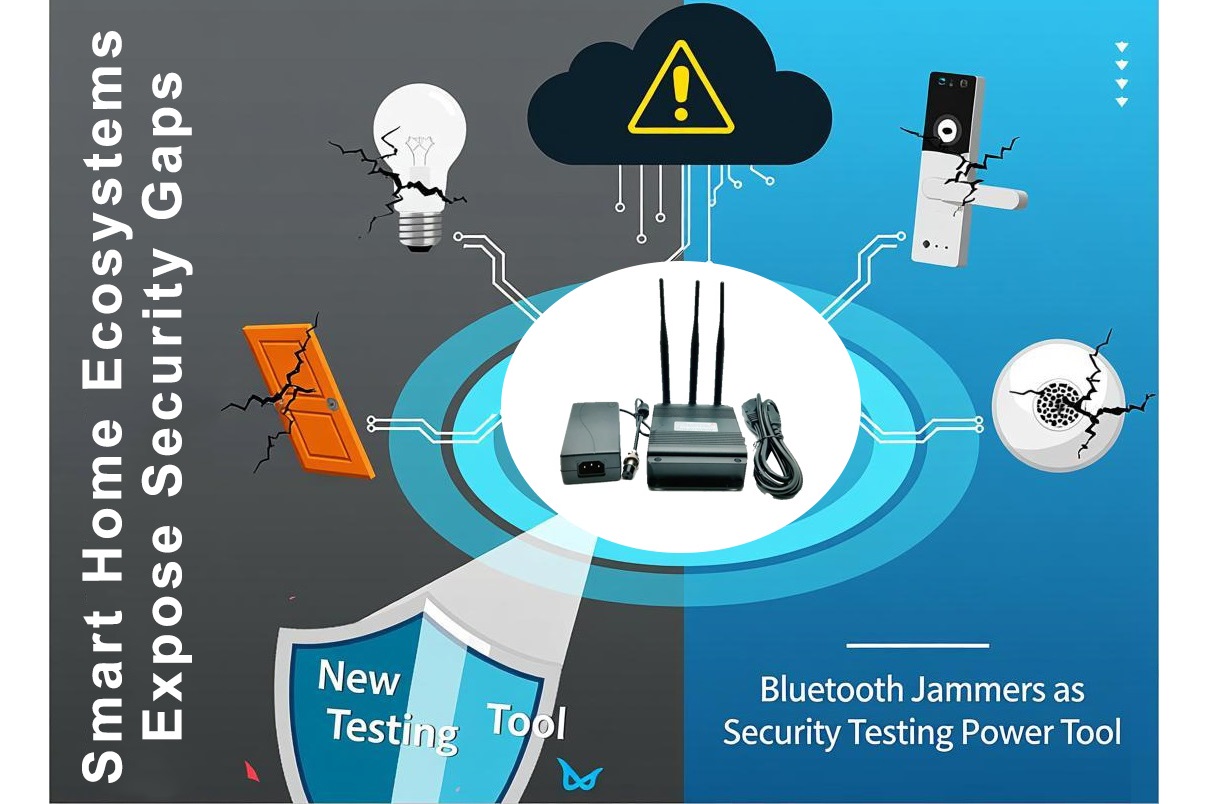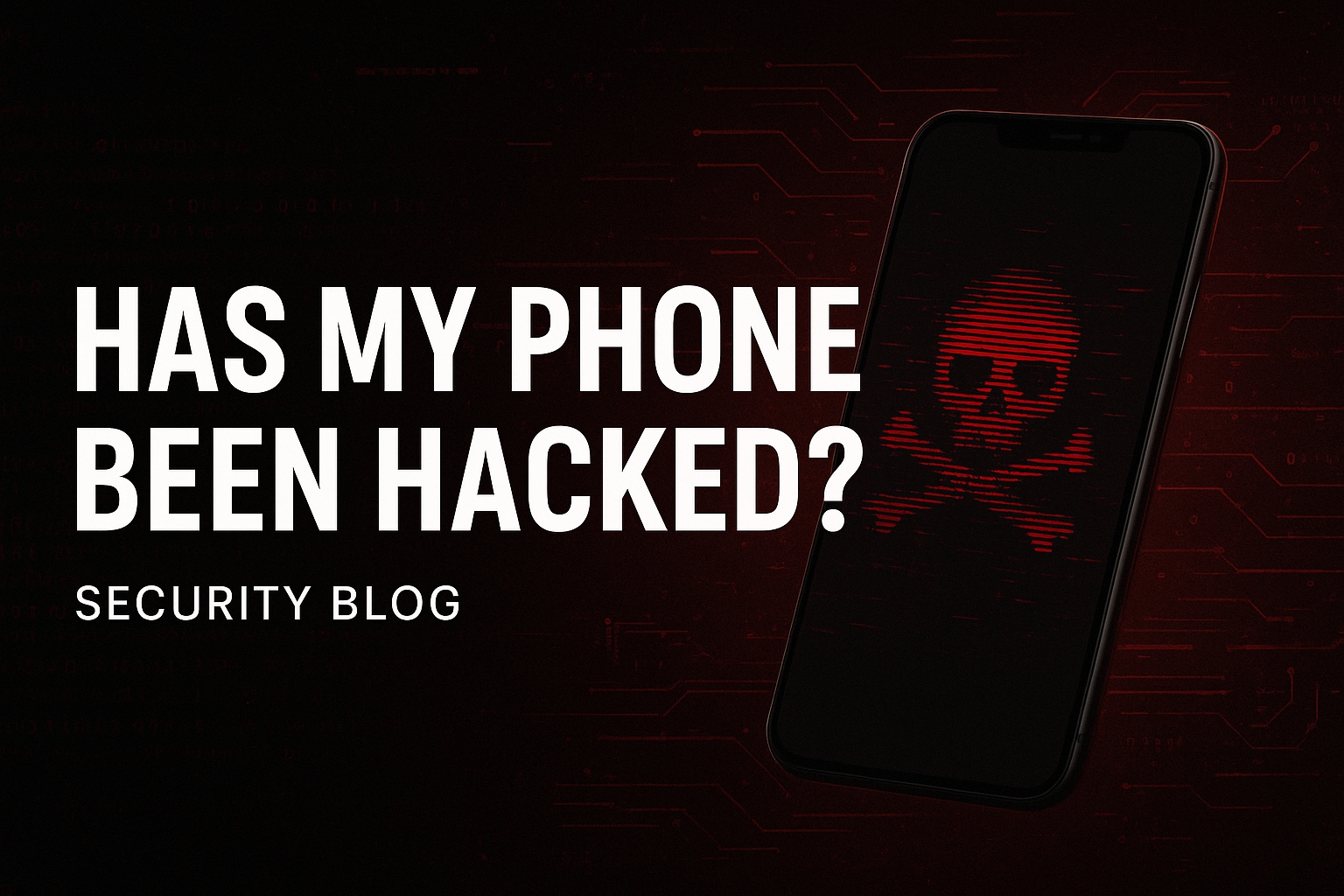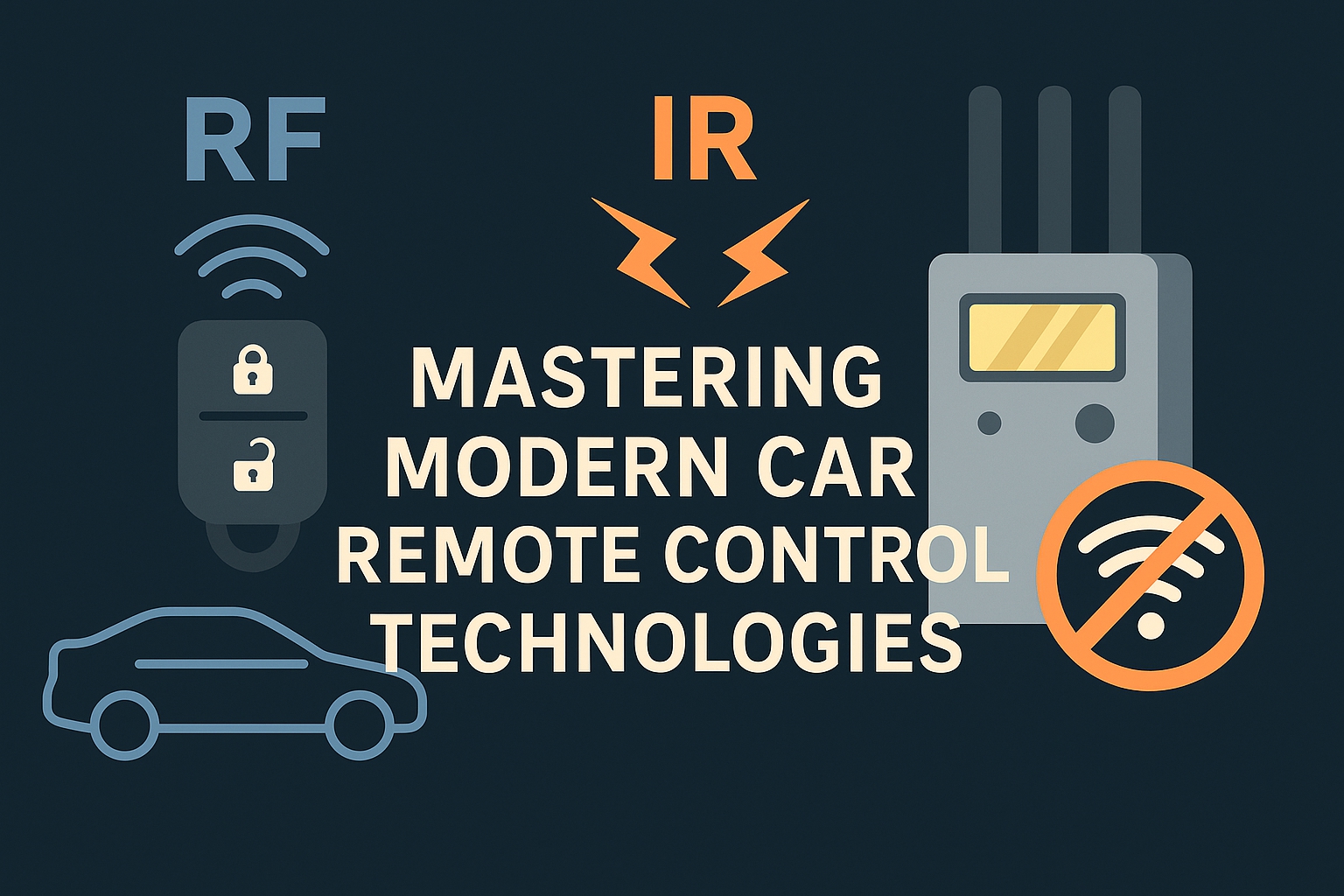As smart homes evolve into always-connected ecosystems, convenience has quietly replaced caution. Wireless locks open with a tap, sensors report movement in milliseconds, and intelligent outlets respond to voice commands. But beneath this frictionless experience lies a rapidly expanding attack surface-one that security researchers say is far more fragile than most users realize. Recent disclosures […]









